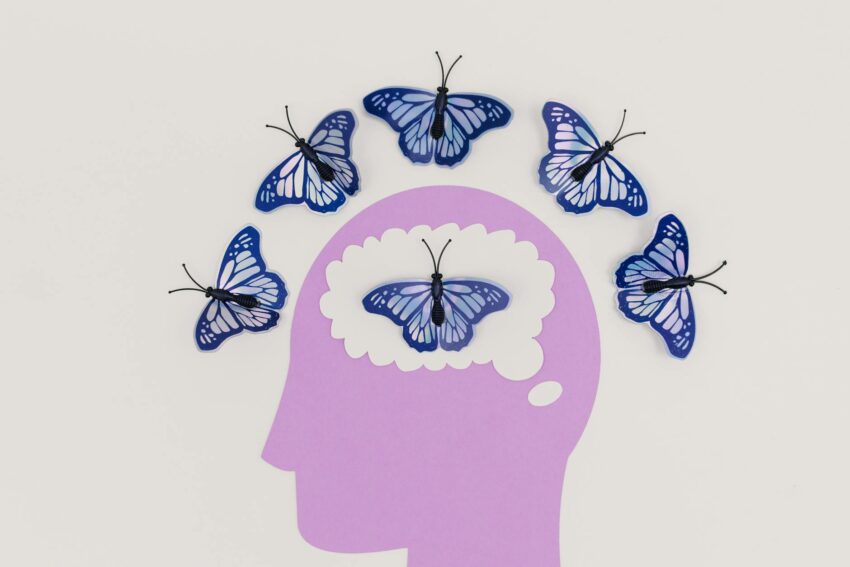Psychedelics, psychoactive compounds with a long history of use in spiritual and recreational contexts, have gained significant attention in recent years for their potential therapeutic benefits. Compounds such as LSD, psilocybin, and DMT are proving to be effective in addressing mental health challenges, including depression, anxiety, and PTSD. As the interest in psychedelic-assisted therapy grows, so does the science behind these substances.
At the forefront of this revolution is neurobiology and brain imaging, shedding light on the impact of these intriguing substances on the brain. Understanding how these compounds affect neural networks, evoke altered states of consciousness, and contribute to neuroplasticity is central to harnessing their therapeutic potential.
Psychedelics work by interacting with the serotonin receptors in the brain. Serotonin is a neurotransmitter that helps regulate mood, cognition, and perception. Psychedelics, particularly LSD and psilocybin, have a molecular structure similar to serotonin, allowing them to bind to and activate the serotonin receptors.
However, it isn’t simply this binding that produces profound changes in consciousness. In the psychedelics-induced state, the conventional neural networks of the brain become notably disrupted. This disruption essentially causes an increased degree of connectivity across different brain regions, which usually do not communicate. This heightened interconnectedness results in novel patterns of cognition and perception – the hallmark of the psychedelic experience.
Neuroimaging has provided new insights into this phenomenon. Using functional MRI scans, researchers find the brain under the influence of psychedelics displays a striking level of coherence across disparate regions, forming a ‘hyperconnected’ state. The effects are not only short-lived but may lead to long-term shifts in cognition, behavior, and outlook.
These prolonged effects turn the spotlight towards neuroplasticity, the brain’s ability to adapt and reconfigure its connections. Emerging research indicates that psychedelics may induce neuroplastic changes in the brain, opening doors to their potential use in treating mental illnesses.
Routes of administration, dosage, and the psychological setting significantly influence the overall psychedelic experience. Pharmacology plays a crucial role in understanding these variables. By examining how the body metabolizes these substances and how different doses affect the brain, researchers can fine-tune the use of these substances for therapeutic applications.
While having this mechanistic understanding is critical, the neurochemistry of psychedelics is only one facet of the evolving landscape of psychedelic research. It’s important to remember that the psychological milieu – the set and setting – plays a profound role in mediating the experiences and outcomes of psychedelic use.
The set refers to the mindset or the personal expectations one brings into the psychedelic experience. The setting denotes the physical and social environment in which the experience occurs. Both have substantial influence over the nature and culmination of the trip, highlighting the importance of thoughtful and supportive environments for therapeutic sessions.
In conclusion, the science behind psychedelics is complex, multi-faceted, and still unfolding. By unraveling the neurobiological and pharmacological mechanisms of these powerful compounds, researchers aim to harness their potential while mitigating their risks. Understanding these unique substances could redefine mental health care and our comprehension of consciousness itself. We are only at the cusp of comprehension, with much more to learn about the mystical world of psychedelics.
